“We’re giving nature a very gentle helping hand”
How Hedley Tomlyn and his team are restoring a Scottish conifer plantation into native broadleaf forest.
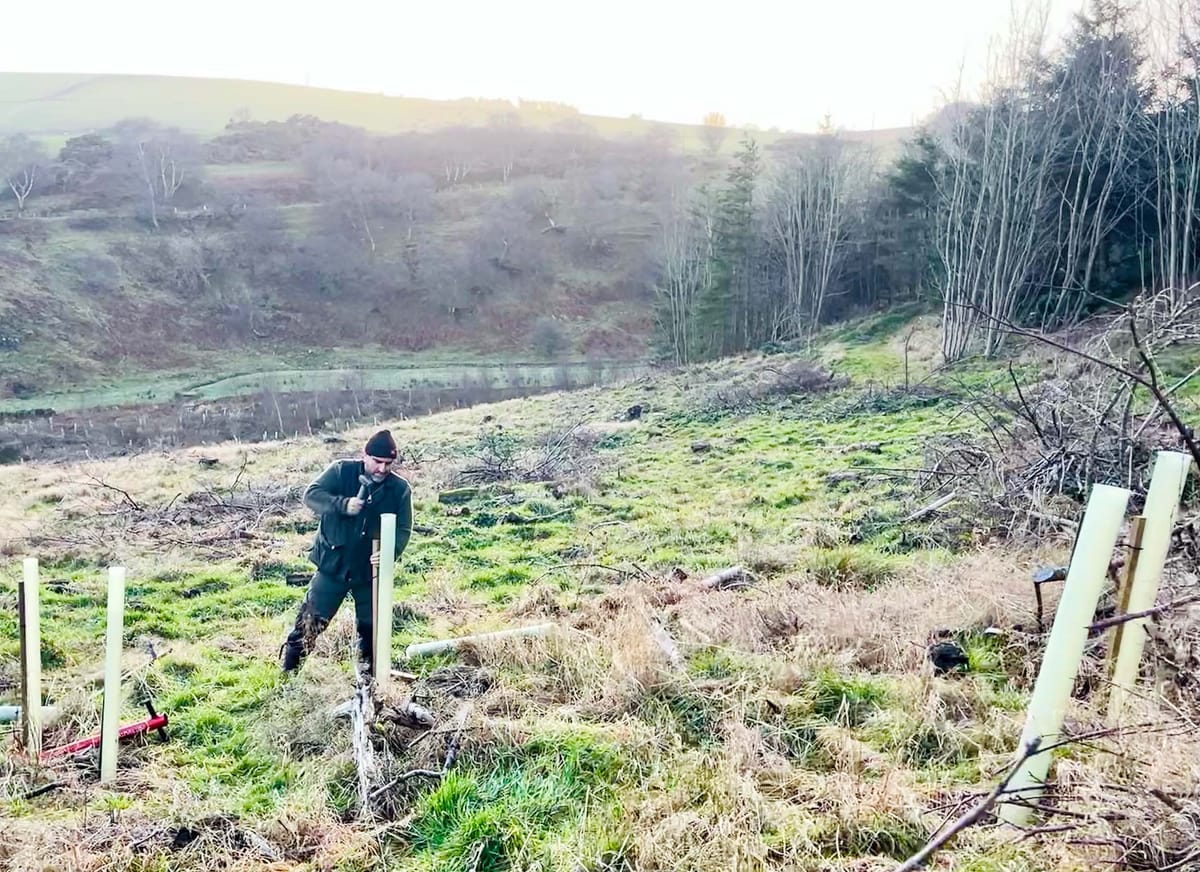
6,000 years ago, the Southern Uplands of Scotland were covered in broadleaf forests. Today, they’re a rural patchwork of farms, commercial woodland and grouse moors – at least for now. A group of nature recovery sites are beginning to form a nature corridor to rival the ambitious Weald to Waves project spearheaded by England’s Knepp Estate. At the very eastern extremity of that belt, one man has spent the past 20 years restoring a woodland that has stood there for thousands.
In 2003, Hedley Tomlyn bought a decaying 70-acre conifer plantation named Bowshiel. Amidst the larch, spruce and pine alien to the region, a last vestige of the site’s history remained. The ancient broadleaf woodland with its lime green moss and undergrowth, gnarled boughs and charged atmosphere provided his blueprint for Bowshiel’s future.
Here, Tomlyn shares his inspiration, what he’s working on – and what he’s hoping for in the future.
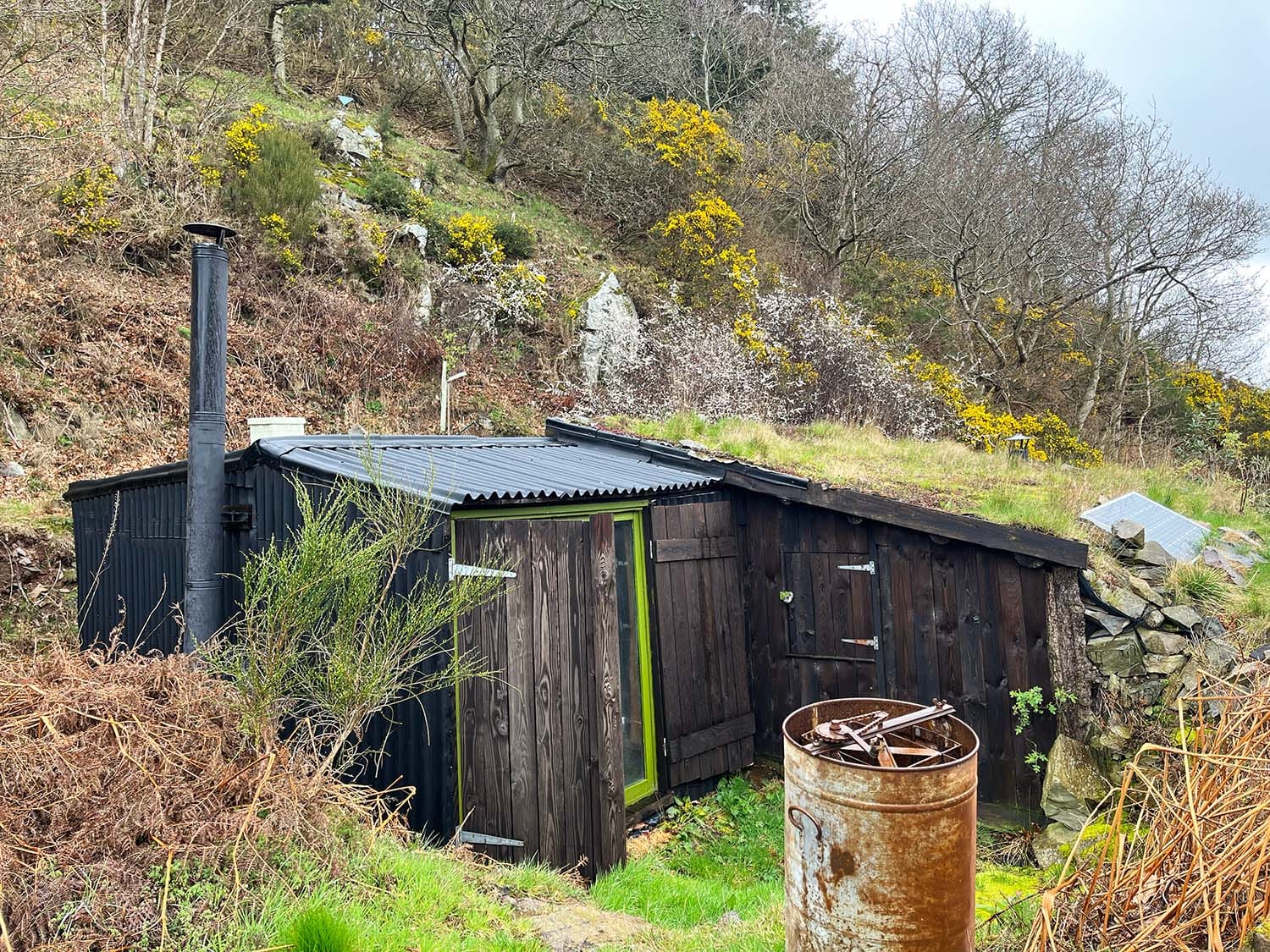
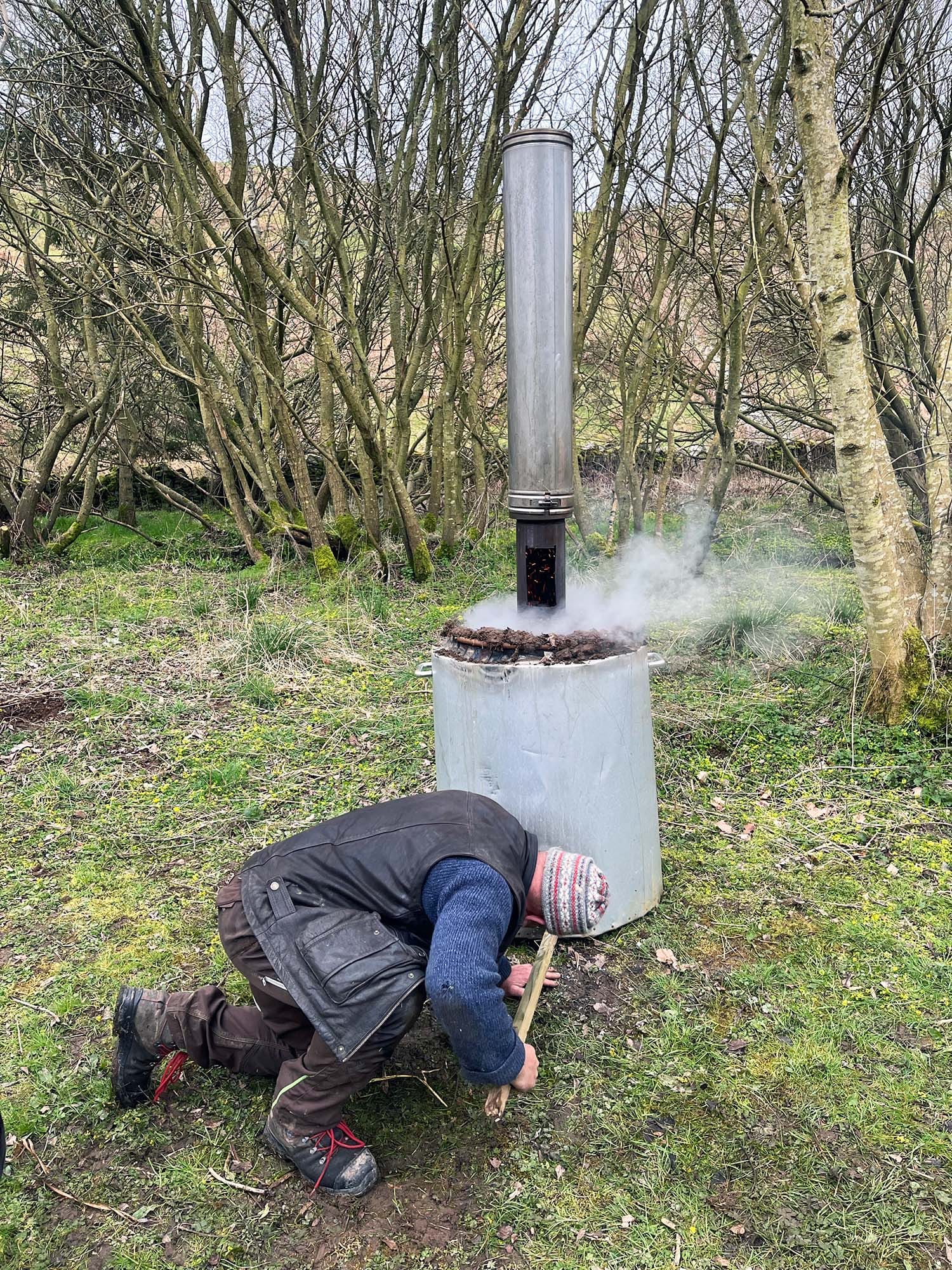
Photos: Alex Cohen
“When I first came to Bowshiel it was dilapidated. The previous owners had planted it with conifers, which largely failed, so we found it in a complete mess.
I had the vision of a woodland that wasn’t just about extracting financial value. We could have planted spruce, pulled the timber out in 30 years and repeated the process. But in doing so, you’re laying waste to the place. Back in 2003 I was imagining a thriving woodland that provided a sustainable source of firewood and charcoal – as it had been for hundreds of years before becoming a commercial forest.
The mission has always been to reintroduce native broadleaf trees [species like oak, birch, ash, rowan and aspen]. Since arriving at Bowshiel, though, it’s evolved to include long-term carbon sequestration, nature education, events, charcoal-making and more. That's what makes the future of the woodland financially sustainable.
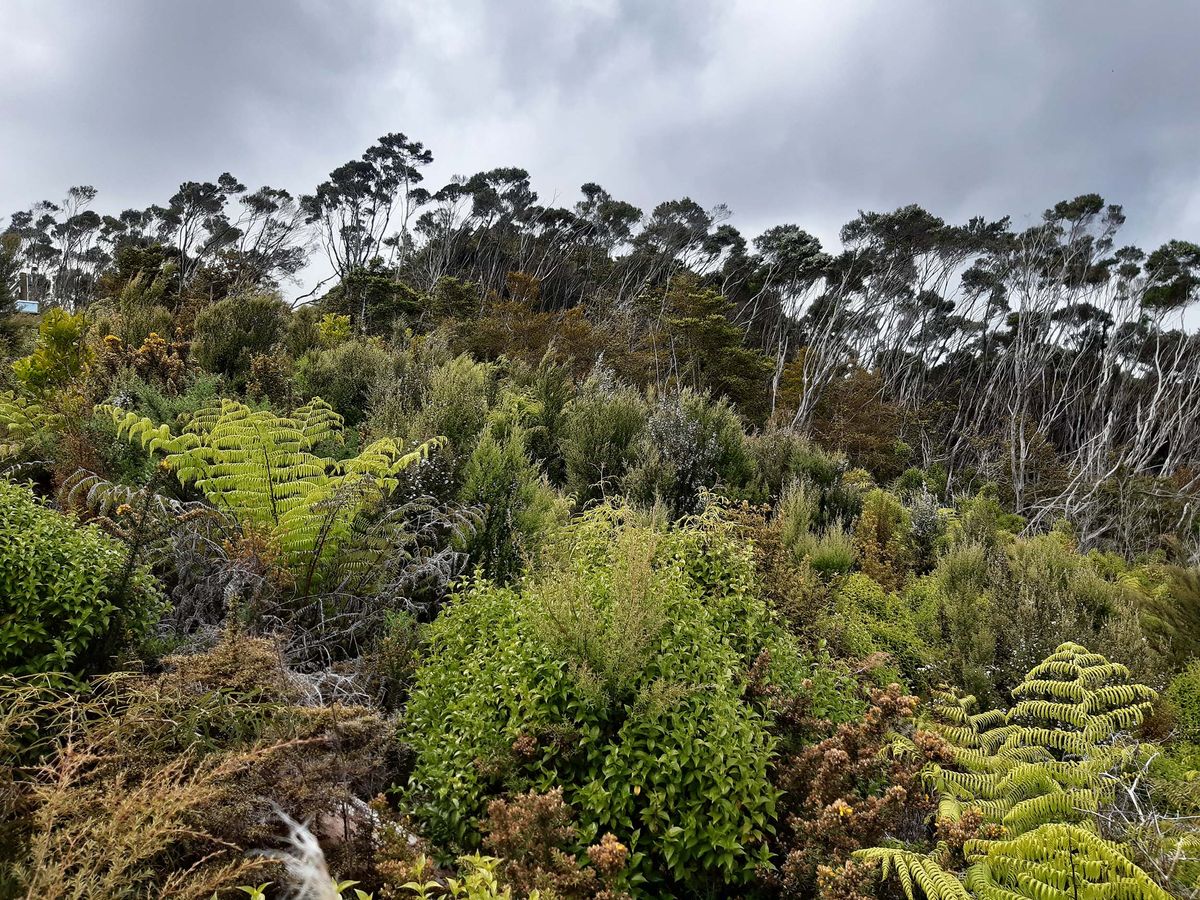
We’re lucky in that we’ve got bogs, heathland, a burn [the Scottish term for a stream] – there’s a bit of everything. Bowshiel is one of the East Berwickshire Deans: quite an important and specific network of flora and fauna that features waterways running down to the North Sea. This is one of very few that isn’t being grazed or used to grow commercial timber.
Despite that unique ecosystem, some of the more traditional foresters I spoke to laughed when I approached them with plans to plant native broadleaf trees. Their initial answer was that we needed to plant more conifers. Environmental thinking was far less widespread in 2003. At the time, it was very much ‘feeling in the dark.’ People weren’t using terms like ‘nature positivity’ back then, and rewilding was a pretty embryonic idea itself.
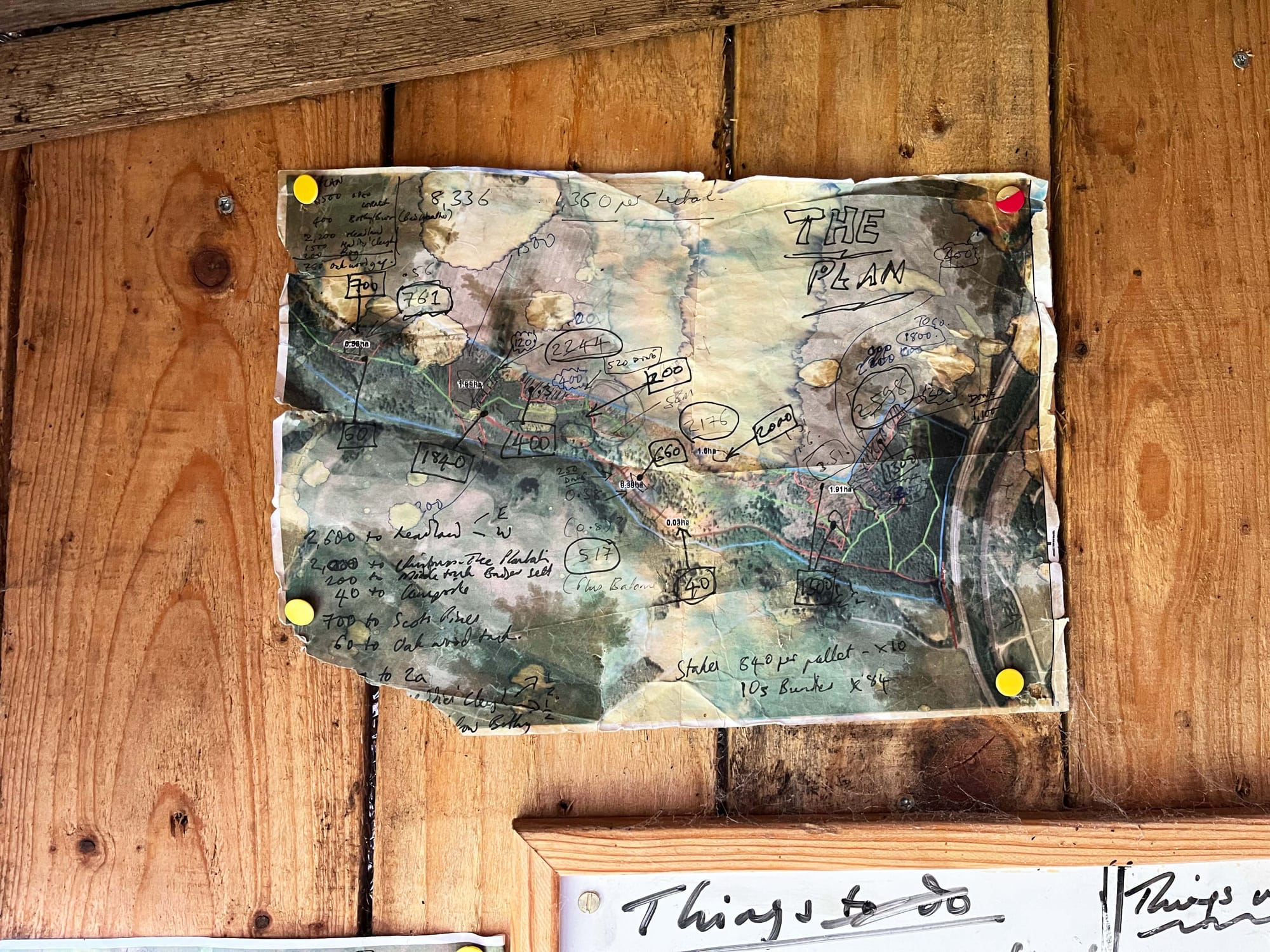
Until I met the team at the Borders Forest Trust, I was creating my own blueprint. It was only when I met them and saw parallels in the work they were doing at Carrifran [the trust runs Carrifran Woodland, one of Scotland’s largest rewilding projects] that I thought, ‘Great, there’s someone else doing this.’ They began championing Bowshiel to the government’s forestry department, and were the first people to reaffirm my vision. That was a pivot point for the woodland.
We are simply giving nature a very gentle helping hand to ‘do its thing’ in a contemporary setting. We’re not introducing grazers or predators, but working with what we’ve got. So in that sense it’s slightly different from Alladale or Knepp – we’re seeking to make the best of the hand we’ve been dealt here.
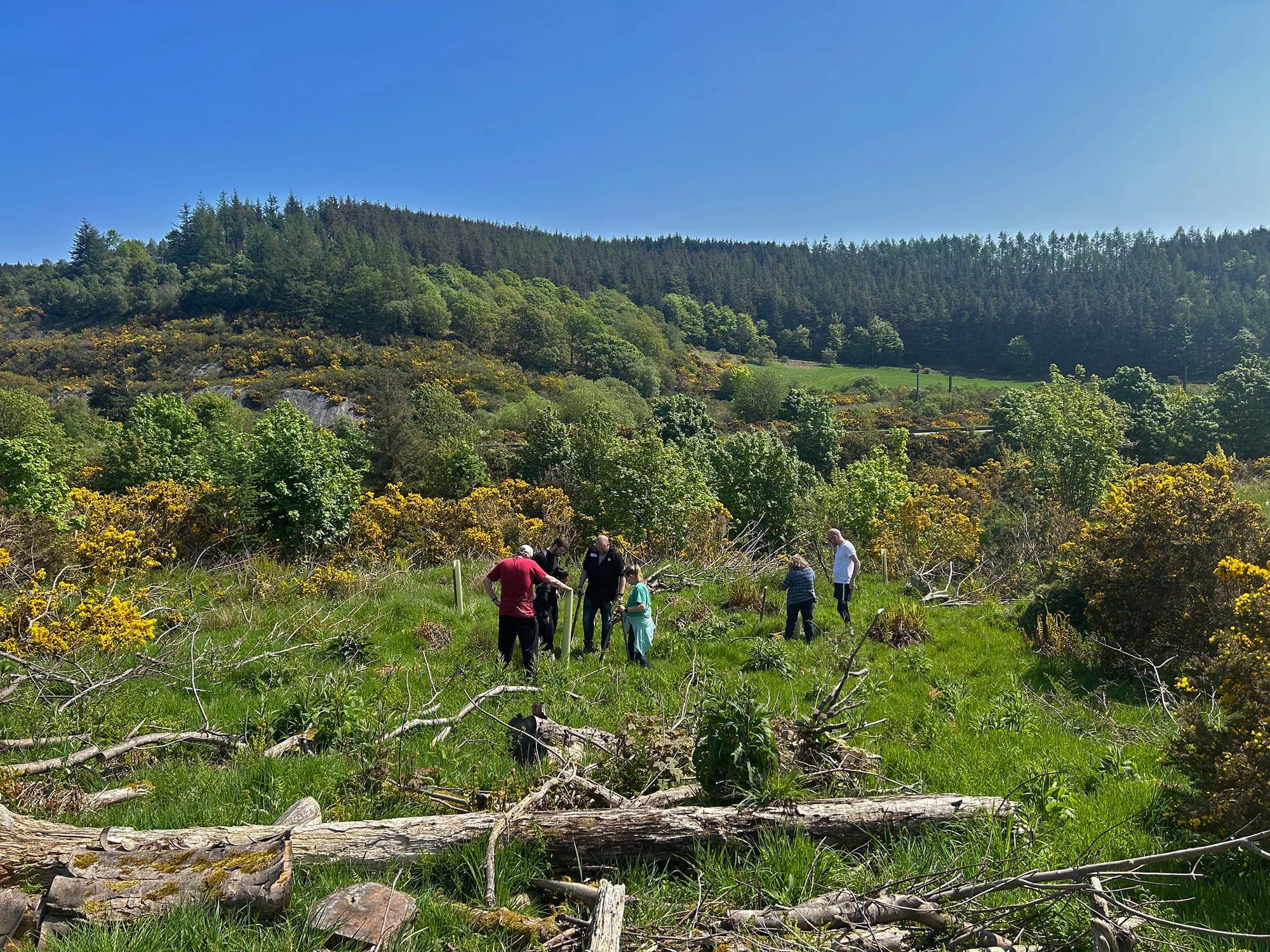
For me, it’s not really about ‘turning back the clock’ to a specific era, but giving nature the best possible opportunity to recover with what it’s got. In some cases, that doesn’t mean a purist approach, or facsimile recreations of ancient woodlands – because they’re not necessarily as resilient as they once were. I’m okay with introducing a few ‘impostors’ like sweet and horse chestnut trees here and there, for example, as you get a bit more resilience for the woodland as a whole. If ash dieback worsens or – in the very worst case here – there’s an oak disease, there’ll be a seed source for other secondary trees.
I think it’s helpful to understand that you’re investing a lot of blood, sweat and tears to accelerate natural processes that would hopefully have taken place anyway. As with so many things in life, you’re effectively buying time. At Bowshiel, you can see oak saplings rising by themselves through the gorse. All we’ve done in the managed areas is accelerate that process by 20 to 40 years. The exception comes when you deal with the overpopulated species that would prevent those processes from happening. In the absence of a natural predator, there’s the need for human intervention to control animals like deer, which are predators to young trees.
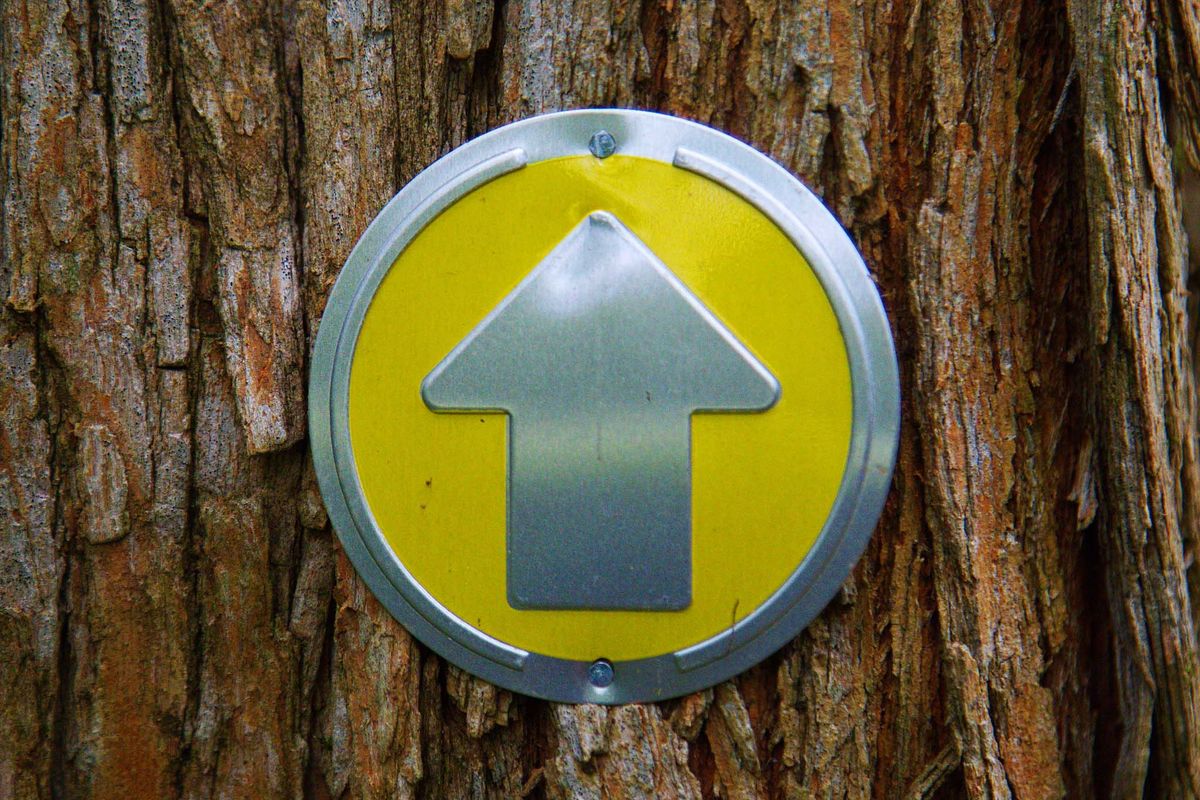
There’s been a human presence in Bowshiel for at least three or four thousand years. In Scots, Bowshiel means ‘the place where you shelter your cattle.’ Even before charcoal-making, it would have been somewhere that humans overwintered cattle in the woods.
Part of making the regeneration efforts work has meant continuing that human relationship with the woodland. One of the exciting ways that’s taken shape has been through development of ‘nature positivity partnerships’ with businesses in nearby Edinburgh. Teams of staff from the city will join us to plant trees, learn about our work and vision and forage greens and mushrooms from the woods. We’ll also serve venison that comes from our deer management effort, and cook everything over charcoal made from wood that’s been coppiced here for hundreds of years.


Photos courtesy Bowshiel
That’s quite thrilling, because it’s bringing a lot of people into the forest that are normally captive in city offices. We don’t always get the tears that we’ve had from a few people planting trees here, but these teams are often quite emotional about the work. It’s also rewarding, because some very serious companies are learning about what we’re doing here and buying into the idea of forest regeneration. It’s validating, especially after being considered slightly mad by old-school foresters over the years.
The rewarding nature of this work, though, is less a social legacy than a natural legacy. It’s the reward of seeing greater biodiversity and a more resilient woodland as a result. In many ways, that’s the main measure of success.
I won’t get to see it, but the vision is to restore the entire forest so it looks like the small areas of ancient woodland that had survived when I arrived here: gnarly old windswept oaks that slowly fall apart, regenerate and support a whole range of plant and animal life. That hopefully means I’m leaving something that will endure and sustain itself.”
This interview has been condensed and edited for clarity.





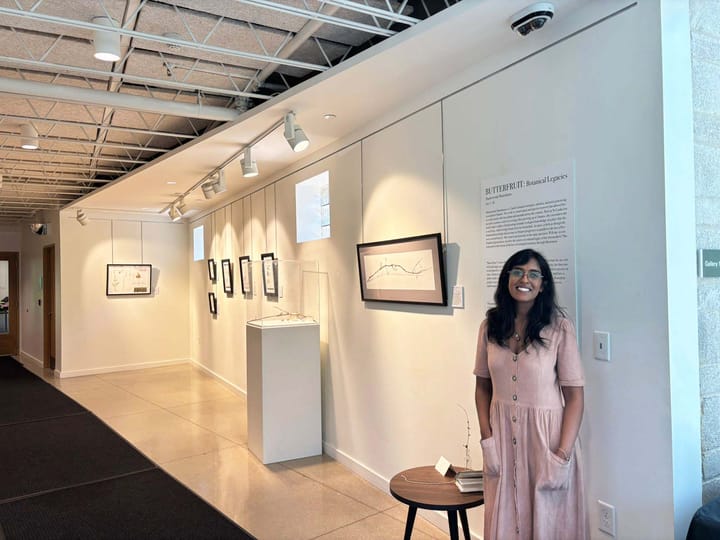
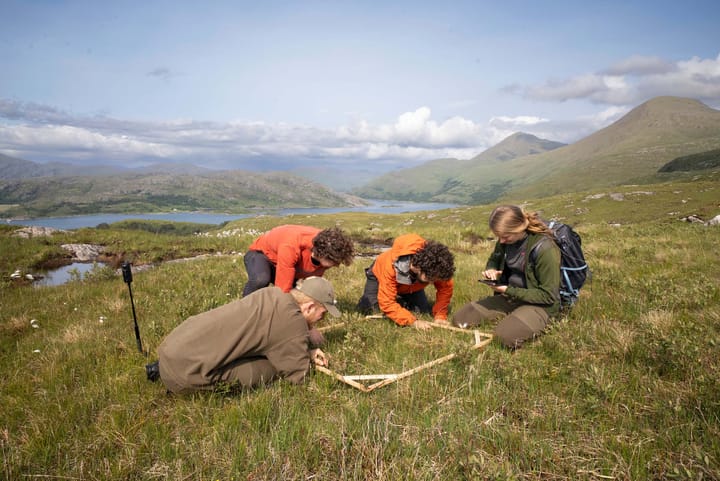
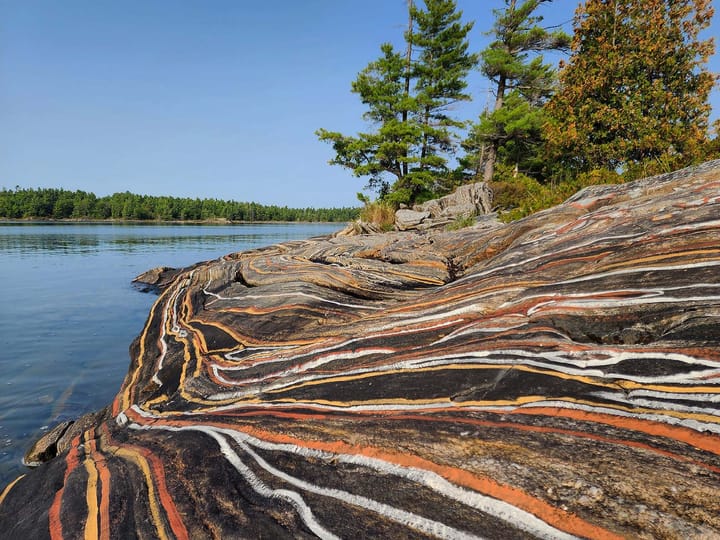



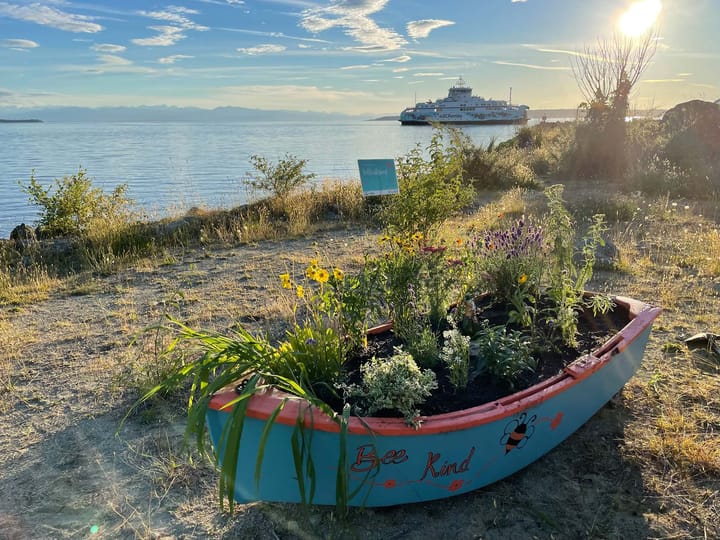

Comments ()